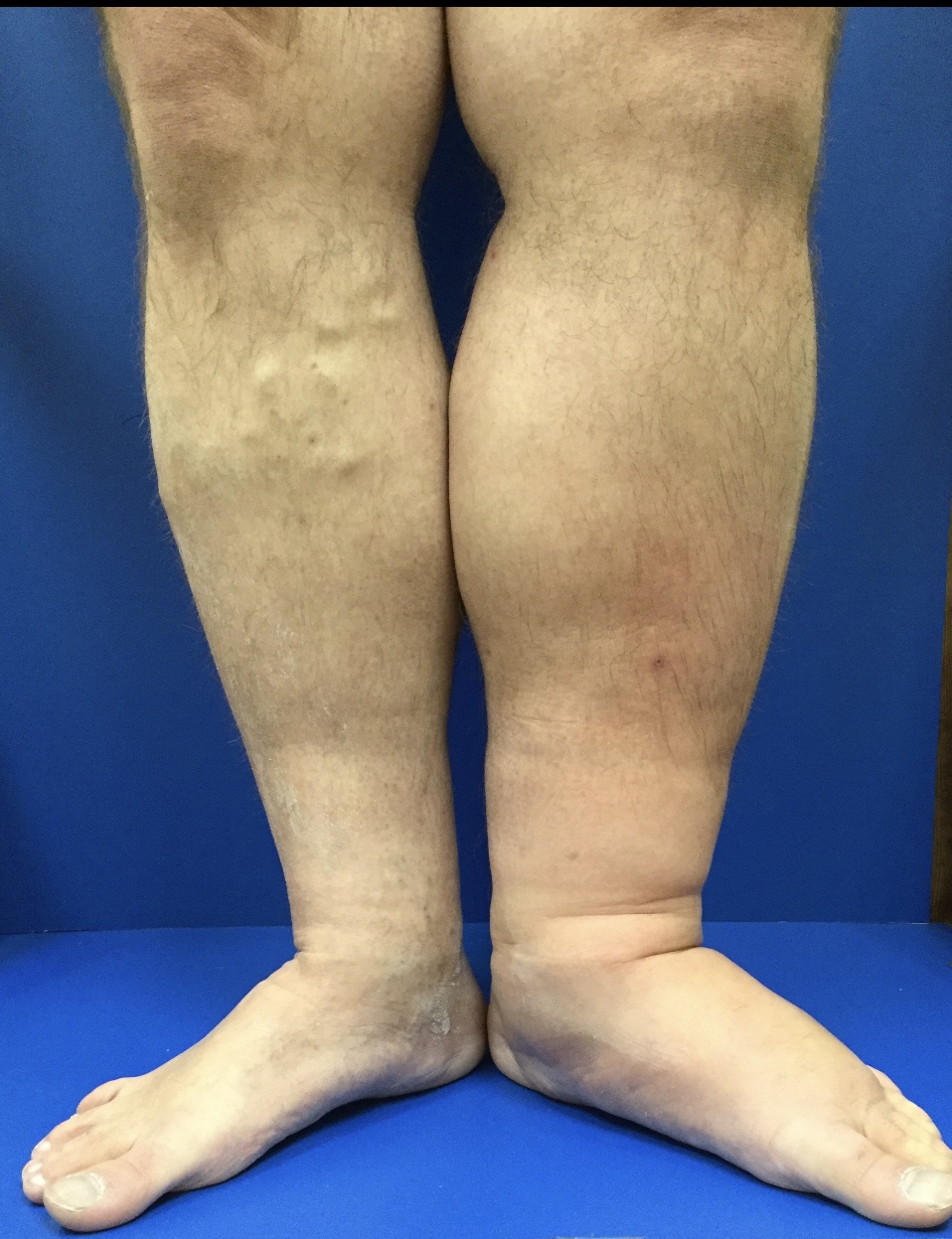May-Thurner syndrome is a condition that occurs when the left leg vein is compressed by the right leg artery in the pelvis.
This occurrence can lead to restricted blood flow, which in turn can cause a host of uncomfortable symptoms. In the past, it used to be much more challenging to diagnose and treat May-Thurner syndrome, because we didn’t have the technology necessary to actually monitor the blood flow through this vein to determine whether a compression was taking place. Today, we do have the technology to accurately diagnose May-Thurner syndrome promptly as well as an effective treatment option to restore healthy blood flow.
Making a Diagnosis
A diagnosis of May-Thurner syndrome can now be made with a state-of-the-art tool know as intravenous ultrasound or IVUS. This technology is highly sensitive, allowing us to find the blockage quickly and precisely. This is good news for May-Thurner sufferers, since an unchecked condition like this one can increase the risk for blood clot formation and other possible complications.
IVUS is performed on an outpatient basis, either at our own surgical center or the hospital. Patients are completely out for the procedure, so there is no pain involved. A small catheter is placed into a main vein in the thigh area and threaded through to locate the blockage. Once the blockage is detected, treatment can be performed at the same time if that is the recommended course of action for the patient.
When Treatment is Recommended
In most cases, patients seek diagnosis and treatment of May-Thurner syndrome when they have symptoms that accompany the condition. Those symptoms might include:
- Pain and aching in the legs
- Heaviness, particularly at the end of the day
- Restless leg syndrome at night
- Varicose veins, particularly around the thighs and buttocks
- Leg swelling or discoloration
- The appearance of large open ulcers around the ankle
Women with May-Thurner syndrome may also experience pelvic pain, urgency to urinate and pain during or after intercourse. The good news is that treatment to address the blockage and restore blood flow in the vessel may also relieve those symptoms.
Innovative Treatment Option
Treatment of May-Thurner syndrome can be done at the same time the condition is diagnosed using IVUS. A small high pressure balloon is inserted and then inflated to to open the vein. A stent can then be placed into the vein so that it remains open. In some cases, more than one stent may be needed. However, they can all be placed during a single procedure.
There can be back pain after this procedure, which may persist for a week or two. It may need narcotic pain relivers for control. You may notice the symptoms associated with the condition are relieved right away. Others may have to let the back pain subside to be able to notice the improvement. The tiny incisions in the thigh used to insert the catheter are small enough to cover with a bandage or small dressing and do not require any sutures. Most patients are back to regular activities within about one week.
Finding a Specialist
May-Thurner syndrome is not a condition that can be easily diagnosed or treated by any physician that does not specialize in vein disorders. Dr. Draughn and the staff at Vein Specialists of the Carolinas diagnose and treat vein conditions all day, every day, making them specialists in this field. They are uniquely qualified to provide you with an accurate diagnosis and an effective treatment that will restore healthy blood flow and eliminate uncomfortable symptoms. To learn more, contact Vein Specialists of the Carolinas today at 704-861-2072 or 704-544-5245.
“All We Do Is Veins, All Day Every Day.”

